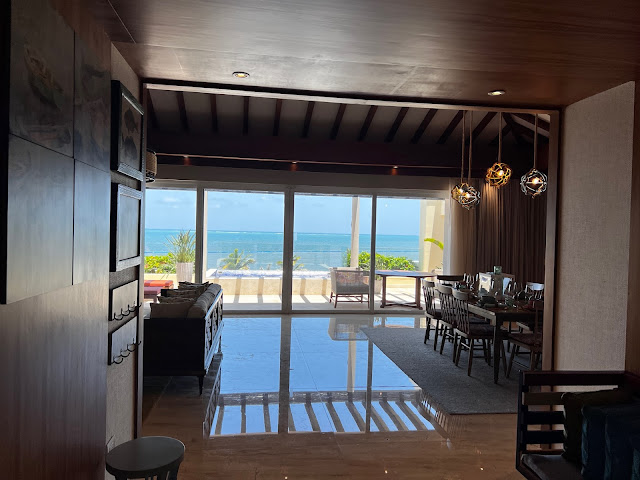Physical therapists can transform the fitness industry with preventative services.
“You’d be surprised at the number of patients I see for injuries they sustained in a gym, even with a personal trainer,” said the physical therapist who underwent years of training in the medical field and is considered a purist for relying more on hands than on equipment to treat injuries. After an injury while dancing at an Indian wedding, I not only gained a new gait, but also insights into the business of physical therapy.
The facility was equipped very much like a gym, but largely underutilized. This was a physical therapy clinic, but it was also a business. The physical therapist had to worry about marketing, cash flows, and a lease, alongside customer satisfaction.
Another physical therapist at a university, a Ph.D., didn’t have those worries. She brought in research papers to explain how the body works to her college athlete patients. Yet another physical therapy office had mostly elderly patients. For all practical purposes, the place looked like a busy gym in slow motion due to its rehabilitative purpose – a slow gym. Slow gyms, like Slow TV, the Norwegian television channel which broadcasts several hours of views from a running train, serve a niche audience. A physical therapy center must go beyond its niche audience.
Typically, one thinks of a physical therapist only for rehabilitation after an injury or surgery; there is a stigma attached. They don’t permeate popular culture, something that personal trainers have done since the Jan Fonda era. Peloton gets celebrity trainers to keep its subscribers hooked. Social media’s audio-visual convenience allows individual physical trainers to build a massive following. Chris Heria has close to 5 million followers. We even see solo fitness instructors at parks leading small groups of followers. ‘Future’, an app, makes markets for personal trainers allowing for subscribers to get one-on-one lessons via live video. Subscribers’ progress gets tracked on a complimentary Apple Watch.
The market seems primed for physical fitness. Viral marketing tools abound. Gyms allow us to pay a subscription fee to feel less guilty about not working out regularly. Physical trainers push their sweaty customers to the sound of pulsating music.
In the midst of this fitness frenzy, physical therapy practitioners are left behind. Even when exercising the wrong way causes injuries, chiropractors get a call, but physical therapists remain an afterthought.
Physical therapists must eliminate the stigma of being something for the injured or the elderly and expand into physical fitness by promoting preventative maintenance of human mobility. Physical therapists could try:
- Subscription based models for access to a physical therapy expertise.
- Training camps for personal fitness instructors.
- Extended hours to utilize the capacity of a physical therapy center after patient hours.
- Partnerships with gyms and fitness instructors as distribution channels or affiliates.
- Building a cool personal brand online.
Lastly, advocacy groups must make slow gym into a movement by enlisting the help of athletes, soldiers, and movie stars – maybe even Jane Fonda.











